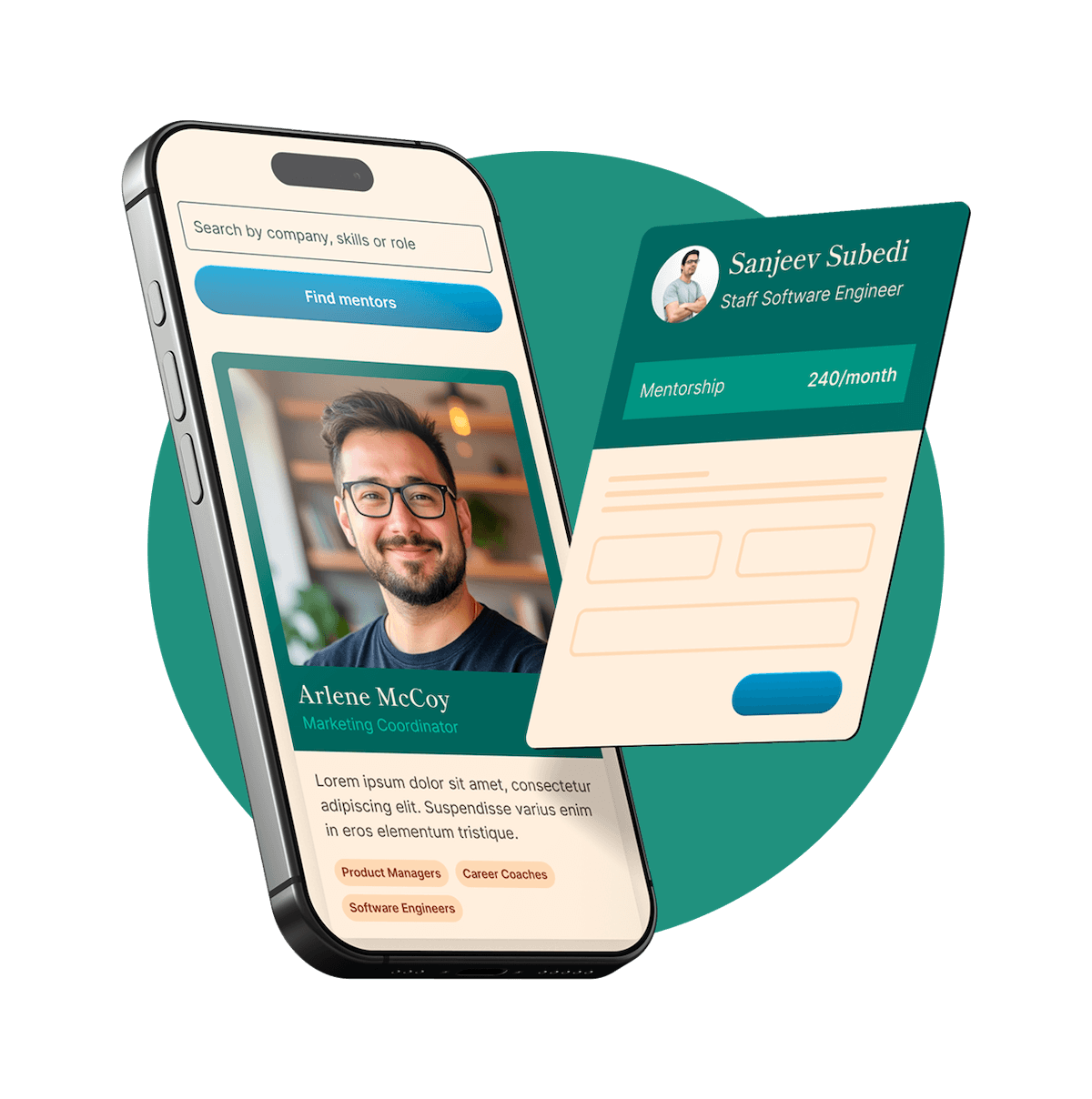Many teams invest heavily in marketing, launch new products, or build internal innovation platforms—only to realize that users drop off somewhere along the way.
What’s often missing is a full-funnel understanding of how customers behave.
That’s where the AAARRR framework—also known as Pirate Metrics—comes in. Developed by Dave McClure, the model breaks down the customer journey into six clear stages:
Awareness → Acquisition → Activation → Retention → Referral → Revenue
This framework helps teams move from generic KPIs to actionable metrics—allowing you to identify bottlenecks, prioritize growth experiments, and allocate resources where they truly matter.

Each stage of the AAARRR framework reflects a critical part of the user lifecycle:
The strength of this model lies not just in understanding each stage, but in connecting them, creating a flow that drives scalable and sustainable growth.
Awareness is about visibility. How do people learn that your product or service exists?
This is especially important in early-stage startups and new corporate ventures that don’t yet have market recognition. It’s also crucial when launching into new segments or geographies.
Ways teams generate awareness:
Key question: Are we visible to the right people at the right moment?
Once people are aware of your existence, how do they reach you?
Acquisition focuses on getting people to your product, website, or solution—whether through campaigns, recommendations, or inbound interest.
Examples of acquisition in action:
The goal is to attract engaged users, not just drive traffic. Focus on quality over quantity.
Key question: Are we acquiring the right users efficiently?
Activation measures whether someone has had a valuable first experience.
Think about your product or process: is there a clear “aha moment” that shows users why it’s worth sticking around?
For example:
The faster you help users realize value, the more likely they are to stay.
Key question: Do users reach value quickly and clearly?
Retention is the foundation of any successful venture. If people don’t come back, you don’t have a product—they just visited once.
Retention means that users or customers continue engaging over time. In many cases, this is where long-term growth is either made or lost.
Examples of retention metrics:
Key question: Are we solving a real problem people keep returning to us for?
Satisfied users become advocates. This is the Referral stage—when people actively share your product or service with others.
Referrals reduce your cost of acquisition and increase trust. They can come from:
Whether you’re a startup or a corporate team, referral is often the strongest signal that your offering delivers real value.
Key question: Do people like us enough to recommend us?
Finally, Revenue—the goal of most business models.
This stage looks at whether you are creating sustainable, measurable business value—through paying customers, internal adoption, or broader ROI metrics.
Revenue doesn’t just mean money—it can also mean time saved, efficiency gained, or internal budget validation in corporate settings.
Important questions here include:
Key question: Is our business model working—and can it scale?
AAARRR helps startup teams understand what stage they’re struggling with—whether it’s activation, retention, or revenue. It’s often used in early growth experiments and product-market fit testing.
Growth teams use Pirate Metrics to find bottlenecks in funnels. It supports data-driven decision-making when expanding into new markets or optimizing pricing models.
The framework brings lean startup principles into corporate environments. Whether launching a new product internally or externally, it helps innovation teams track behavior and validate assumptions.
Even in traditional teams, AAARRR can be used to understand user engagement with internal platforms, adoption of new tools, or satisfaction with services like HR or IT support.
The real strength of Pirate Metrics is its flexibility.
It’s not tied to a specific tech stack, business model, or industry. Instead, it brings clarity to any initiative where you want to drive user behavior and growth.
Benefits:
Whether you’re validating a prototype or scaling a proven solution, AAARRR keeps you focused on the steps that matter.
AAARRR is often visualized as a linear funnel—but the best teams turn it into a loop.
Here’s how:
This loop becomes a flywheel. The more you improve one stage, the more the others benefit.
Start with Pirate Metrics—then build your custom growth loop around it.
Here’s a simple process to start applying AAARRR in your team:
Keep it simple. Focus on one stage at a time.
The AAARRR framework may sound playful, but it delivers serious clarity.
Whether you’re trying to scale a product, improve an internal tool, or launch a new digital service—the six stages help you:
You don’t need to be a pirate. You just need to ask the right questions—and act on the answers.
So, are you ready to turn Pirate Metrics into your growth engine?
Let’s go. ☠️
As a mentor on MentorCruise, I help founders, growth leads, and corporate innovators:
If you’re scaling a venture—or launching one—let’s work together to turn strategy into execution.
#PirateMetrics #AAARRR #StartupGrowth #GrowthStrategy #CorporateInnovation #CustomerJourney #MentorCruise #Scaleups #ExecutionDiscipline #ProductLedGrowth
Find out if MentorCruise is a good fit for you – fast, free, and no pressure.
Tell us about your goals
See how mentorship compares to other options
Preview your first month
